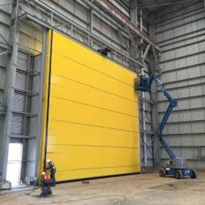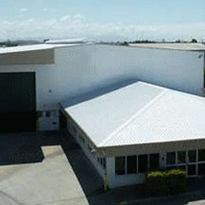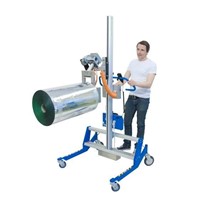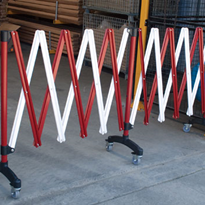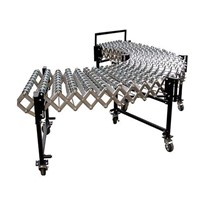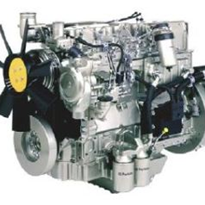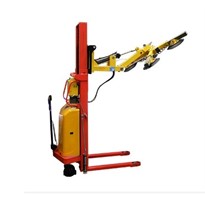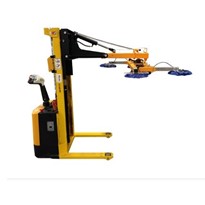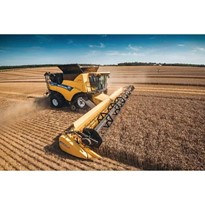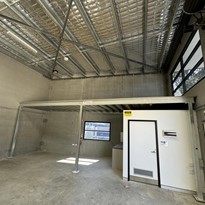The rising eCommerce expectations of urban dwellers for the fast delivery of their ordered goods is making retailers think outside the box. While an average customer expects the delivery timeframe to be 4 to 5 days, the retailers are under the pressure of upgrading their warehousing facilities to keep up with the demand.
A report from PwC showed that 17% of consumers abandon the brand if they face a longer delivery duration. This pressure is causing smart warehouses to expand their horizon.
According to research house LogisticsIQ, the global warehousing industry is expected to grow 14% and reach US$30 billion by 2026.
Along with expanding the warehousing facilities and distribution centres, automation becomes the greatest asset for business operations in a demanding landscape. A smart and automated warehouse facility offers basic programs of managing inventory to the most advanced and efficient robots along with a conveyor system and mechanised shelving.
Humans can go so far when it comes to the speed at which the inventory is managed but robots can do the neverending work in a matter of minutes. Such warehousing facilities allow logistics companies to pick up more than 35,000 orders in an hour and have the boxes ready to ship within 35 minutes. The churning time is transformational — almost 1000 orders managed in a minute.
Geographically, the US market is leading the way but ever since the pandemic, other markets like Australia, Indonesia, and the Philippines are also catching up with the trend. The countries are either investing in or developing smart warehouse facilities.
Indonesia
Indonesia is currently #16 in top global economies and aims to be in the top 10 by 2030. Online sales in Indonesia are projected to rise from US$16 billion in 2019 to US$62 billion by 2025. It is moving towards automation at maximum speed with overseas investment including from Australian developers Logos and Singaporean wealth fund GIC.
Australian developer Logos is about to launch the three-level ramp-up Metrolink Logistics Hub
Philippines
It is also one of the fastest-growing economies of Southeast Asia. Lazada, an eCommerce company part of the Alibaba empire is also building an advanced warehouse in the north of Manila, Philippines.
Australia
Australia’s busiest seaport, Melbourne is most likely to see a new wave of smart warehouses once the intermodal terminal is built and developed. This grand project involves allowing double-stacked, 1800-metre trains to travel between Melbourne and Brisbane by the mid-2020 by building warehouse and container park capacity that connects to a future Inland Rail line.
Word is, the Australian e-tailer Kogan, with 15 third-party-operated warehouses, is seeking a large site to build its automated facility while Booktopia is investing A$12 million to automate its Sydney warehouse.
In southeast countries like Japan, Hong Kong and Singapore, multi-storey automated warehouses are prevalent for a long time. Supply Chain City, Singapore has five floors of ramp-up warehousing facility with 50-metre high automated storage and retrieval system (ASRS).
Why are online retailers investing in smart warehouses?
1. Win customers
The majority of investments are coming from online retail investors trying to win customers through maximum efficiency and fast deliveries. Retailers don’t want to take risks of dissatisfying the customers and losing them in the long run.
2. The increasing cost of land
Other reasons for investment include the increasing cost of land, which requires more efficient inventory processing within less space.
3. High labour cost
While the demand and pressure to outperform in the market is increasing, the cost of manual labour cost is also increasing. The high cost of labour can comprise half of the total logistics costs. This is one of the key drivers of choosing automation without human intervention.
4. Demand for sophisticated shed
Supermarkets are investing in the most sophisticated automation to keep up with consumers increasing demand for shopping groceries online.
Woolworths, the Australian supermarket’s online sales grew 92 per cent in the six months to December 2020. They are planning to build two automated distribution centres in southwest Sydney by 2024. These centres will have tailored pallet racking for specific aisles in individual stores to speed restocking.
The Australian supermarket company, Coles is following the footsteps of Ocado, a British supermarket chain that has no stores, only warehouses. They are building two fulfilment centres in Melbourne and Sydney (to be ready in 2023).
Coles will be using the software built by Ocado which includes access to a smart automation platform that includes an online grocery website, robot pickers, and home-delivery solutions with last-mile routing.
Shuttles, developed in the early 2000s, is the mover of the market and springboard for modern automation. They were the first ones to build scalable, flexible and enabled innovative picking solutions that move autonomously along rails inside a warehouse to pick goods.


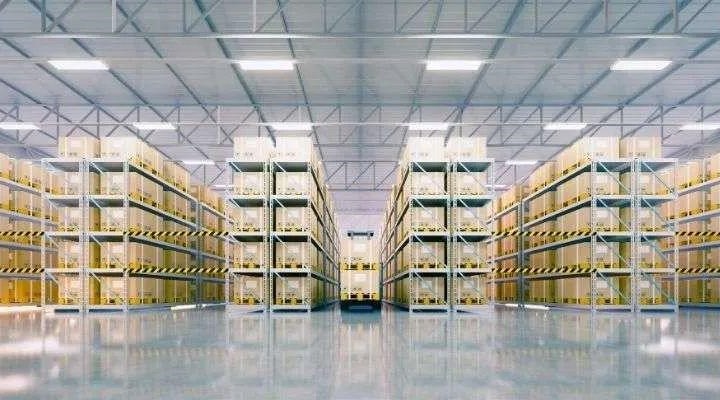
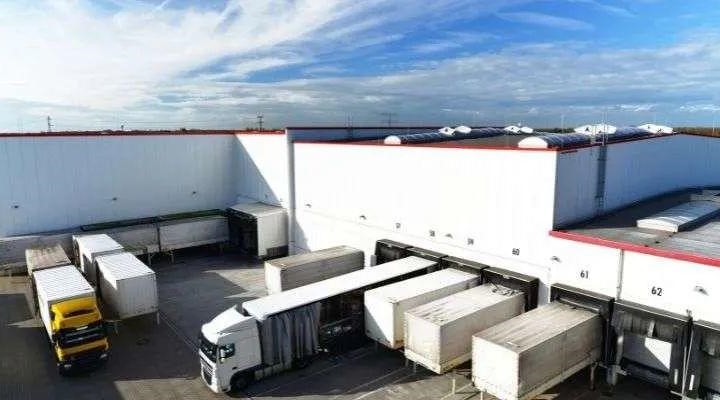


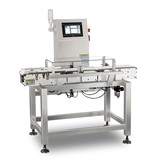


-160x160-state_article-rel-cat.png)

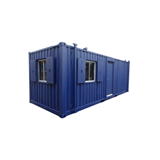
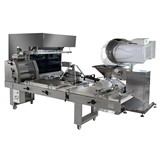
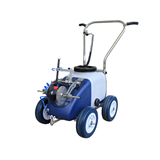
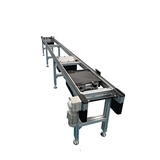





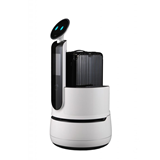
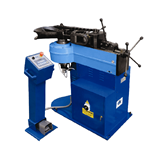

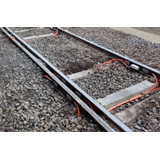
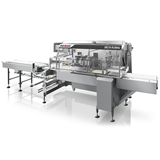
-160x160-state_article-rel-cat.png)


